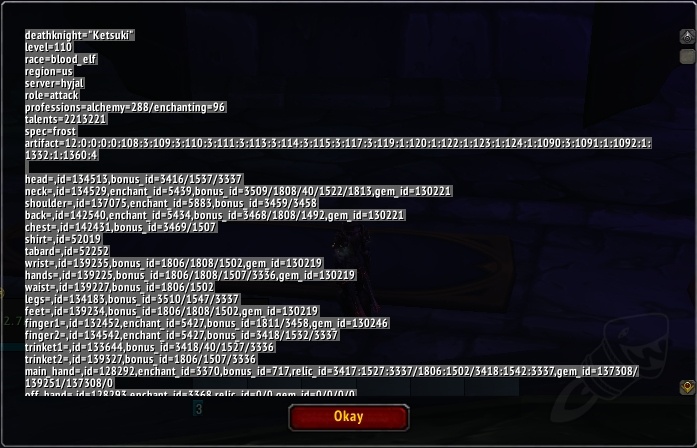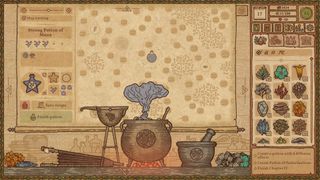

Apple Never happened, so Dollar isn’t on the table yet. The statement says IF Apple happens, then Dollar Should be given.

What if its Not True that you give me an apple? At this point, it doesn’t matter if i intend to give you a dollar or not, since you didn’t provide the apple to begin with. This corresponds to the second to last values in the table. Since the statement says that ” If you give me an apple, then i will give you a dollar “, by necessity this has to be false, since i didn’t give you the dollar for your apple. Suppse that its true that you give me an apple, but that i Dont provide you a dollar. This statement corresponds to the Last values in the truthtable above. If you indeed give me an apple, and i indeed give you a dollar, this would equate to true. If you give me an apple, then i will give you a dollar. Now the logic behind why this produces these values are a little bit trickier to understand, so lets consider the following We reproduce this for the Implication ( → ) As we did earlier, we can just plug this into a Truthtable, to see what holds True or False For this statement to be True, Either P or Q needs to hold the value of True. Lets look at the Disjunction, the ” Or ” operator. If P is False and Q is True, then P and Q is False, we can put this, into a truth table similar to how we did with ” P ” This means, that for this statement to be true, both P and Q needs to have the same Value of True. Now is is straight forward, ” P ” can either be completely True, or completely False, with no in between’s. If we would have analysed 2 statements, the possible values between statement 1 and 2 would be x². Lets analyse ” P “, since we are only interested in One statement, there can only be Two combinations. Any given statement could be either true or False. We know that SimC only accepts Truth’s or False’s, similarly, Propositional Logic also happen to only deal with Truth’s or False’s. So as an example, i could write P→Q∨T and we would know looking at the above text that this is ” If P then Q or T “. The Or operator ( ∨, | ) – Also called a ” Disjunction “, this serves as a operator to separate two statements from one another.

The And operator, written as ( ^, & ) – Also called an ” Conjunction “, this operator serves to bind two statements together. As the name suggest it implies, that If x then y. The If…Then… Operator, written as ( → ) – Also called an ” Implication “. The most common operators we will work with in Simulationcraft are : Since, as described above, a SimC APL acts according to these two values, we must first begin with understanding its Logic, aswell as its Operators.Ī Operator is a Symbol or Word that connects two different Sentences or Statements. Propositional Calculus is a form of Logic which purpose is to help us evaluate propositions, or, truth’s and false’s. Given these conditions, its massively helpful is we understand the practise of Logic, and thus, we will begin with logic. Similar to any other language, SimC only accepts a certain Syntax for its operations and any flaw in this will return either False or as Errors. SimC’s APL’s also works under the condition of Logical Operators as a result. That is, a APL’s Argument’s equates to either True ( 1 ) or False ( 0 ). To make our studies easier however, we will first have to acquire some fundamental understanding of its operations.

This is a useful skill to have, not only for the reason that you can produce more accurate and relevant data for yourself, but also because of the fact that you can test and reproduce decision making and priorities multiple times. In this post, we will take a closer look at understanding, aswell as writing Action Priority Lists ( From now on APL’s ) in Simulationcraft.


 0 kommentar(er)
0 kommentar(er)
